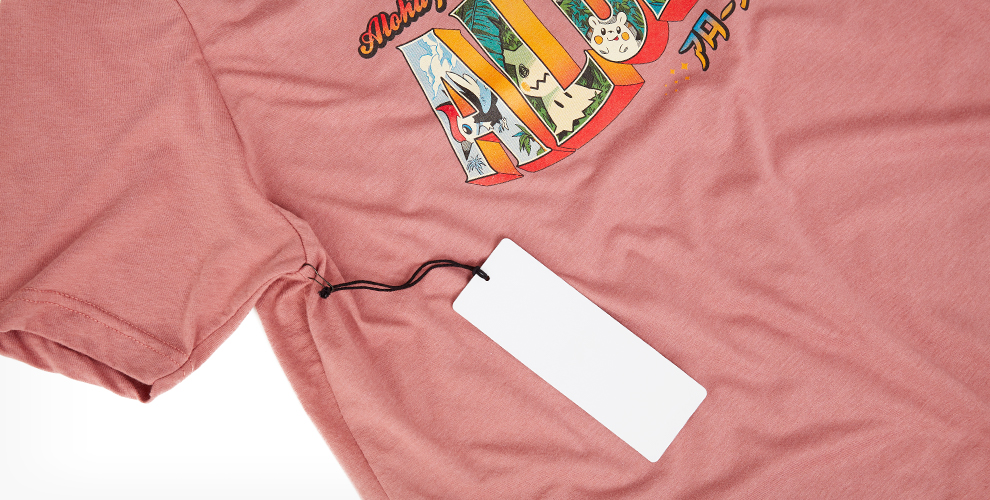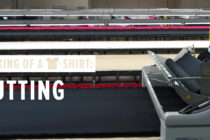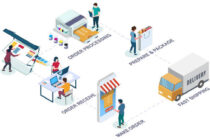One of the questions we often get from customers is “How much should I charge for a BELLA+CANVAS shirt at retail price?” The truth is, we don’t have a set suggested selling price, because there are a lot of factors involved. It can definitely be tricky to choose the right price for your blank t-shirts and garments, so we decided to round up the 4 most important things to keep in mind when determining how you’re going to price your garments.
Find Your Margin
Margins should be thought of before all else. A measure of profitability, margins quantify the earnings that are left after you take out what it costs to make your product. To calculate your margin, take the Manufacturer Suggested Retail Price (MSRP) and subtract the cost to manufacture that item. Here’s a formula that works:
Margin % = (retail price – cost to manufacture) ÷ retail price.
Determine Your Base Margin
Once you discover what your margin is, you have to decide what margin percentage will allow you to cover your expenses and, in turn, earn profit. When you’re determining your base margin, you need to consider the costs of doing business, which consists of many things. Overhead is the basic cost of running your business, marketing and sales are another category to consider, and advertising and marketing is something else to keep in mind. You must also understand the costs of materials, because these change regularly. Keep in mind that there needs to be low and high margin items in your brand to average out the base margin.
Factor in Quality
Understanding that customers are willing to pay a premium for high quality t shirts and garments is key to nailing your pricing model. You can increase your base margin by investing in a high quality blank garment, because you’ll be able to charge a lot more for that garment than a cheap scratchy tee. This is where BELLA+CANVAS stands out from a lot of T-shirt brands out there. We only use retail-quality, 100% combed and ring-spun cotton, which gives our tees that soft hand feel that customers love. By paying an extra $1 or $2 on the base garment, you’ll be able to increase your margin by 2 or 3 times because quality warrants a much higher retail price.
Create Pricing Tiers
When it comes to retail, all pricing is not created equal. To put things simply: manufacturers don’t charge retailers the same prices even if they are purchasing the same things. Relationships and volume determine what manufacturers charge retailers, and retailers who move the most units tend to get the best prices for obvious reasons: if the retailer commits to purchasing a specific volume in a product, they’re showing that they’re confident in the brand’s performance, while also showing that they believe in a brand’s product and culture. Bulk retailers also get the best prices become volume keeps the costs down across the entire marketing chain. Larger volume accounts can help introduce your product to a new market, showcase your product to get it known, and more. That said, while your prices should always be fair, they also need to show how a retailer can expand your business. Last but definitely not least, having a good relationship with buyers and retailers will make negotiating better prices easier, too.
Research Market Value
The current market is the best way to determine what your cost should be. You’re totally welcome to charge what you believe is fair, but market conditions and consumer information will dictate the best retailers to work with – and at what cost your items should be priced. The market changes all of the time, so it’s important to stay on top of it. This doesn’t mean you need to change the way you price your garments, but it does mean that it’s important to understand that there is some stiff competition out there and you need to convey to customers while they should choose your product over others. Lastly, it’s important to look at trends because consumer tastes are constantly changing as new styles and products are introduced.
In the end, it’s clear that the world of fashion retail is not easy to navigate. But if you aim to create a product that’s exciting, aesthetically pleasing, and useful, you’ll be set to succeed.






1 Comments